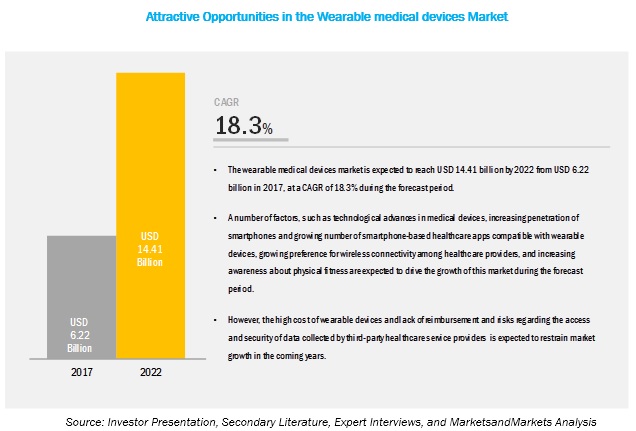Latest Innovations in Restorative Dentistry - Know the Future Trends
What is Restorative Dentistry?
Restorative dentistry is a branch of dentistry which focuses on restoring teeth and gums to their natural state. This includes filling cavities, replacing missing teeth, treating gum disease, and repairing broken or cracked teeth. In some cases, restorative dentistry might also involve the use of dental implants, bridges, crowns, or dentures.
Benefits of Restorative Dentistry
1.
Improved Oral Health: Restorative dentistry helps to improve oral
health by treating issues such as cavities, cracked or damaged teeth,
and gum disease. By addressing these issues, you can help to prevent
further damage and tooth loss.
2. Enhanced Appearance:
Restorative dentistry can help to improve the appearance of your smile.
It can be used to fill in gaps between teeth, repair damaged teeth, and
even replace missing teeth.
3. Improved Self-Confidence: With a healthy, attractive smile, you can feel more confident about yourself and your appearance.
4.
Improved Oral Function: Restorative dentistry can help to improve the
overall function of your mouth by restoring the structure of damaged
teeth and replacing missing teeth. This can make it easier to eat and
speak.
5. Improved Comfort: Restorative dentistry can help to
improve your comfort level by treating issues such as infections and
tooth pain.
Latest Innovations in Restorative Dentistry
1.
Digital Dentistry: Digital dentistry is an emerging area of dentistry
that uses computer-aided design (CAD) and computer-aided manufacturing
(CAM) in the creation and placement of restorations. This technology
allows for more precise and aesthetically pleasing restorations.
2.
Minimally Invasive Dentistry: Minimally invasive dentistry is a concept
that focuses on preserving as much natural tooth structure as possible
when restoring a tooth. This is done by using techniques such as laser
dentistry and air abrasion, as well as using more conservative
restorations like inlays and onlays.
3. CAD/CAM: CAD/CAM stands
for computer-aided design and computer-aided manufacturing. This
technology is used to create highly accurate digital impressions of the
teeth and design restorations that fit perfectly.
4.
Implant-Supported Restorations: Implant-supported restorations are a
type of restoration that uses dental implants to support the
restoration. These restorations can be used to replace missing teeth or
to stabilize dentures.
5. 3D Printing: 3D printing is a technology that is used to create complex restorations.
Restorative Dentistry Industry Growth
The global restorative dentistry market
size is expected to reach $22.2 billion by 2027, rising at a CAGR of
6.1% during the forecast period. Factors such as rising prevalence of
dental diseases and disorders, increasing awareness about oral hygiene,
and rising disposable incomes of people are driving the growth of the
market. Furthermore, technological advancements in dental materials,
increasing adoption of cosmetic dentistry, and rising geriatric
population are creating a positive outlook for the market. However, the
high costs of restorative dental treatments are likely to restrain
market growth during the forecast period.
Related News:

Comments
Post a Comment